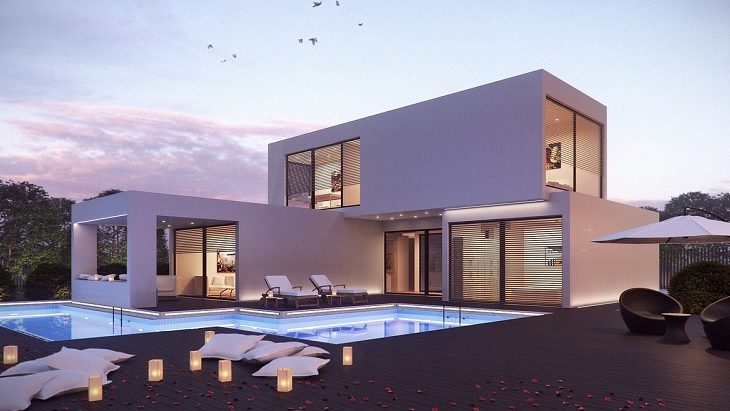
Last Updated on September 23, 2024 by Surender Kumar
Gone are the days when everyone is aspiring to live in huge homes, with spacious lots. More folks, from single millennials to retiring empty nesters are opting out of big houses and considering smaller-scale houses and fuss-free living. The tiny home movement has had a positive on another type of dwelling: prefabricated homes.
Table of Contents
What is a Prefabricated Home?
Essentially, prefab homes are manufactured in a factory before being shipped to the buyer or homeowner’s building site in pieces. Then, they are assembled on-site in a matter of days, putting pieces together like an IKEA furniture.
There are three main types of factory-built homes to choose from: modular homes, panelized homes, and pre-cut homes known as “kit homes”.
Modular homes are composed of one or more modules built in a factory. Panelized homes are built in panels, like whole walls. Kit homes, on the other hand, are cut to design specs in-factory. The parts, whether they are modules, panels, or pre-cut parts, are fully-outfitted with interior fittings including plumbing, electrical, and doors. They are shipped on site for assembly and finishing work.
Don’t let the term “factory-built” homes scare you – today’s prefab homes are downright fabulous. Here are 7 reasons why
1. Prefab homes are generally cheaper
While the total cost of prefab homes is highly variable based on their size, location, and amenities, they are typically less expensive than traditional “stick-built” homes. Prefab homes are often priced per square foot, so you get the gist of how much your home will cost based on its size.
The difference in cost is not dramatic. It can only be 30% to 70% cheaper. Sometimes, prefab costs pretty much the same with conventional housing. However, you’ll get your money’s worth since prefab has a quicker, easier construction time, and less hassle, labor, and waste.
2. They are a lot quicker to build
If you’re on a tight schedule, prefabricated homes might be the way to go.
Compared to traditional construction, prefabricated homes are easier and faster to build. The prefabricated materials are brought to your lot for assembly and prefab builders know how to quickly place all the parts and pieces together in just a matter of days.
Now, sometimes you may wish to have a sleeker property that can be set up on your own without any external help from contractors. These types of properties are aimed at providing a convenient and efficient solution for those looking to add additional living space or a tiny home on their property. Generally, these homes come in the form of pods which are portable. So, if you wish to purchase a property for yourself, then you can consider checking out Tiny Homes For Sale.
3. Prefabs are sustainable with zero-waste build
If sustainability is important to you, you can never go wrong with choosing a prefab over site-built homes. All the required materials, which are made in the factory and carefully cut and designed for seamless assembly, won’t go to waste and end up in landfills.
Additionally, the prefab home parts and materials arrive on site all at once, reducing emissions.
4. Prefab takes less labor and hassle to construct
Traditional build takes multiple groups of subcontractors, working separately to do their designated task. In prefabricated homes, modules are built in-factory, which means the labor can be more effectively managed and the work is done quickly and efficiently.
Kit homes, a type of prefab, may even encourage skilled homeowners to build their own home, either alone or with the help of a general contractor.
5. Prefabricated homes are energy efficient
In addition, some prefab manufacturers are taking their “eco-friendly” design up a notch by creating homes that use solar panels and more efficient windows. This is a win-win situation for you since this could help you save money on utilities in the long run.
6. Prefab homes take quality and durability seriously
Modern prefab homes are designed to withstand extreme weather, and may even perform much better than traditional residential framing.
Another advantage of prefab homes over traditional homes is, they are built in a factory that’s immune from environmental stressors, which could potentially damage a home’s integrity even before it’s built.
7. Homeowners love its modern aesthetics
Prefab homes used to be associated with “lower quality” and “old-fashioned design.” Well, not anymore.
Prefab homes today, from sleek, boxy modular homes to country style kit homes, look more attractive than ever. They use geometric and modern exterior fittings that maximize natural light and air and boast open spaces. They may also come with energy-efficient solutions.
Mina is a passionate blogger who’d rather write helpful and inspiring articles online than rant on social media. This free-spirited damsel has got a lot to say about food, travel, well-being, home design, and lifestyle.
